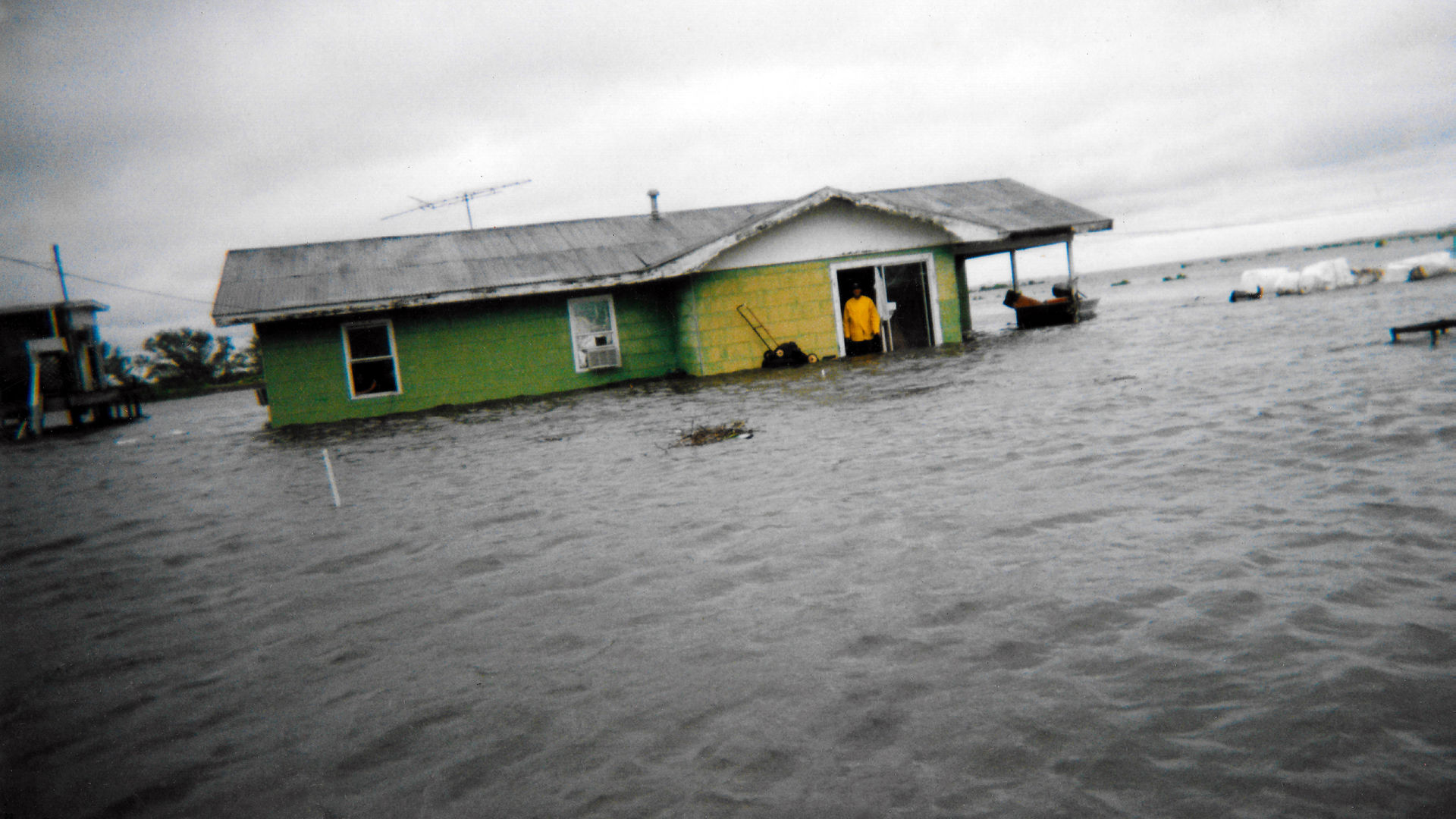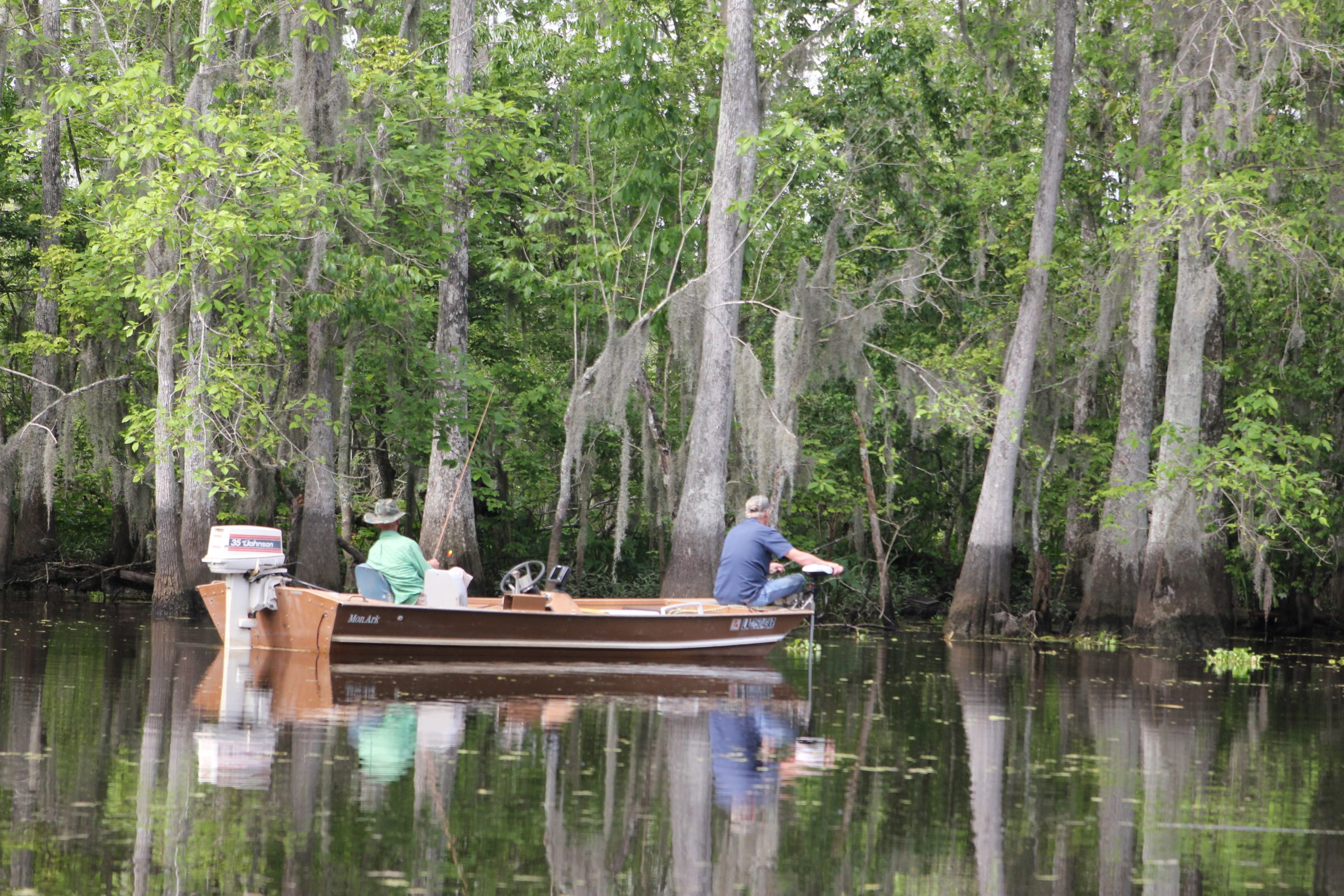
Mardi Gras Parade Guide!
February 26, 2019
Cell phone info leads to 25-year plea for former TPR coach
February 27, 2019The Houma-Terrebonne Regional Planning Commission has approved the initial stages of a planned Schriever subdivision rooted in a plan to relocate Native American “climate change refugees” from the sinking and increasingly waterlogged community of Isle de Jean Charles.
But the chief of the Isle de Jean Charles Biloxi-Chitimacha-Choctaw Tribe, Albert Naquin, made clear his rejection of the plan at least week’s meeting. Naquin has complained that the state of Louisiana has moved forward with a plan that differs from the one he and other members of the tribe understood at its inception. He also demanded that the name Isle de Jean Charles be stricken from descriptions of the project, which is funded through a grant from the U.S. Department of Housing and Urban Development.
“When we submitted the application to HUD is was Isle de Jean Charles, it is not just Isle de Jean Charles anymore, it is everybody,” Naquin said during a contentious meeting last Thursday night.
Naquin and other members of his tribe, he had explained, were under the impression that the planned community on what had been a cane field in upper Terrebonne Parish were led to believe that resettlement housing was being offered exclusively to the tribe.
The project, as described by state officials, is considerably more complex. Plans call for the creation of 150 lots on more than 500 acres adjoining La. 24. Homes would be made available to current residents of the island wishing to leave. A second tier of sites would be made available through special mortgages for people who had lived on the island but left after Hurricane Isaac caused floods that increased the island’s vulnerability in 2012. The possibility of a third tier of residents, which might include anyone who can qualify, whether or not they had a connection to the island or the tribe, has rankled the native people as well as some neighbors of the site in Schriever.
So far $11.7 million has been spent to acquire the property, which is now under the aegis of the Louisiana Land Trust, a non-profit entity holding it for the state.
In prior interviews state officials have stated that they cannot discriminate between various native tribes, and that the project must have sites available to all who meet the criteria of connections to the island, with others to follow if enough of those do not come forward to claim properties.
Isle de Jean Charle has long been described as the most vulnerable community in Terrebonne Parish in terms of flooding, particularly since it was not included in recent flood-mitigation projects. The potential of relocation of native people, which would be voluntary, has caused them to be dubbed the “first modern climate change refugees” by national and international media. Chief Naquin has been asked to speak at many climate change conferences because of his peoples’ unique situation. The chief himself no longer lives on the island.
The request by Naquin that the name of the island be removed from official documents relating to the project — one that state officials said they would review but gave no indication of honoring — is complicated by the fact that Isle de Jean Charles is the name of the spit of land concerned. With the Isle de Jean Charles tribe as a recognized entity by the state, and the continued potential for federal recognition by the Bureau of Indian Affairs, Naquin and his supporters have said, use of that name will diminish their ability to seek alternate relief from the effects of storms, as well as the subsidence of the land upon which their homes are located.
“We will submit for other grants to get our tribe resettled,” Naquin said. “We are all displaced at the moment. We don’t want anyone using the name Isle de Jean Charles because it will hurt us with another grant, because people will have to sign papers that say their houses are not livable. They will say you are already relocated, and we are not. I have no use for it anymore. The state just did a number on us and we don’t like it. Please take our name off that project.”
The voice of another native leader, Shirell Parfait-Dardar, chief of the Grand Caillou-Dulac Band of Biloxi-Chitimacha-Choctaw, concurred with Naquin’s remarks.
“The Isle de Jean Charles Band is our brother tribe,” she said. “My own community may have to face the same problem further down the line. That tribe is incorporated as Isle de Jean Charle, I don’t believe there is anyone else legally who uses that name … It has been hijacked.”
As officials pointed out during the meeting, however, the planning commission’s duties involved allowing or disallowing the project to move forward based on specific laws and regulations. Who might move there or under what agreements, they said, was not an issue for them to decide.
A number of homeowners who expressed concerns about the project said their properties would be made more vulnerable to flooding.
Interviewed after the meeting, Terrebonne’s planner, Chris Pulaski, said those issues can be addressed once the project’s sponsors move into the engineering phase, which could not be looked at until the current approvals — more of a big-picture okay — were secured.
“The only authority the planning commission has is in the subdivision regulations that are created in the code of ordinances,” Pulaski said. “We want this project to be successful because want the best for the citizen of the island and folks with ties to the island, as well as citizens in the Schriever area. This project meets a lot of goals in the master plan.”
—
This story was reported by Colin Campo and written by John DeSantis •








